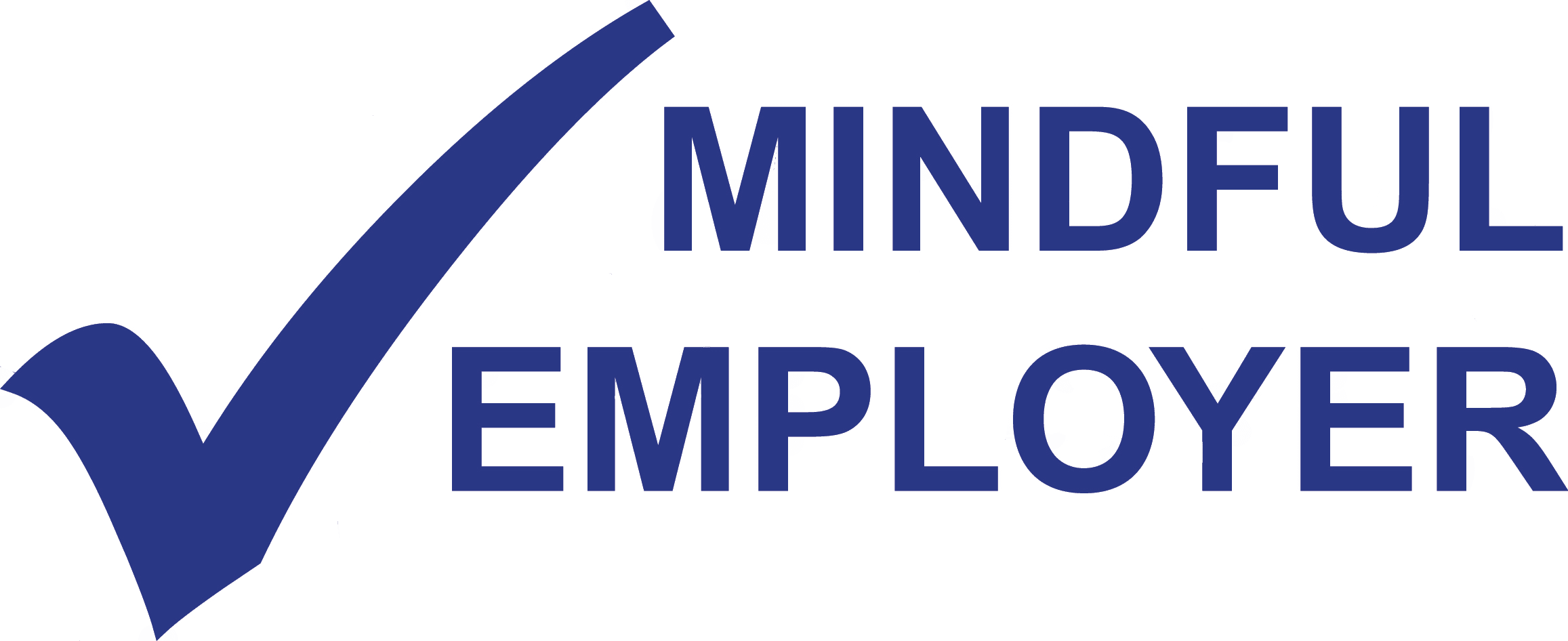Occupational Health and Health and Safety should work in partnership together. Whilst there is a crossover the roles are entirely different.
- The law in the UK states that all businesses must have a policy for managing health and safety, it is a legal requirement not a ‘nice to have option’.
- Everyone should know how to work safely and without risk to their health.
- Employers must manage the risks and take steps to protect workers.
Employers must:
- Prepare a health and safety policy
- Manage risks and risk assessment at work
- Report accidents and illness
- Provide information and training
- Consult workers
- Have the correct workplace facilities
- Provide first aid at work
- Display the law poster
- Appoint a competent person
Understanding Occupational Health
Occupational Health (OH) is not a legal requirement in the UK, but carrying out health surveillance is and employers must have a competent OH professional to carryout or supervise health surveillance. So, in a roundabout way, it is a legal requirement for certain things that are statutory, such as health surveillance and medical surveillance.
Occupational Health is a branch of medicine that focuses on the effects work can have on health, and the effect health issues can have on someone’s ability to carry out their job.
It is the responsibility of the employer to carry out health and safety risk assessments and to identify what health surveillance needs to be carried out. Occupational Health cannot and should not second guess what health surveillance is required as they have not carried out the risk assessments, so they cannot know what is required.
OH often gets asked what health surveillance should be completed, and it can appear unhelpful to the employer, but as you can see from above, OH cannot get involved in deciding who needs what surveillance as they have not assessed the risks.
Occupational Health and Health and Safety
Health and Safety need to tell OH what surveillance is required. Once the surveillance is completed, OH must inform the employer if any adjustments or restrictions are required or if there are any diagnosable diseases which need to be reported under RIDDOR (Reporting of Injuries, Diseases and Dangerous Occurrences) such as Hand Arm Vibrations Syndrome (HAVS).
Occupational Health will also advise health and safety, sometimes following a management referral where adjustments may be required to get someone back to work following illness or injury, and there are health and safety concerns with getting the individual back.
An employee may need adjustments to their workstation or to be physically moved, for example someone returning with mobility issues may need to work on the ground floor to ensure that are able to safely exit the building in an emergency, a risk assessment will need to be completed to ensure the employees safety. This is a good example of OH and health and safety working together.
Key Differences Between Occupational Health and Health and Safety
- Health and safety identify the risks and hazards that might harm someone’s health and put control measures in place. Occupational Health carries out health surveillance to check that those control measures are working.
- Occupational Health advises on reasonable adjustments that might be needed to help someone get back to work or remain at work. Health and safety needs to decide to implement them and make sure they comply with the company’s health and safety policy.
Conclusion
Occupational Health and Health and Safety are not the same, they need to work in partnership to ensure the health, safety and wellbeing of staff.
Occupational Health has an advisory role on the health of employees, whereas Health and Safety must ensure that the company is legally compliant with Health and Safety Laws.
FAQ’s
What is the primary goal of Occupational Health?
Occupational Health advises on work-related illnesses and reasonable adjustments advising on managing in health at work and getting back to work. OH also carries out statutory health surveillance on behalf of employers and advises on the outcomes.
Can a business be penalised for non-compliance with Health and Safety regulations in the UK?
Yes, businesses in the UK can face penalties for non-compliance with Health and Safety regulations. The penalties vary depending on the severity of the breach, and they may include fines, prohibition notices, or, in extreme cases, prosecution. Compliance with UK regulations is crucial to avoid legal consequences.
Are mental health conditions covered under Occupational Health?
Yes, mental health conditions are an integral part of Occupational Health in the UK. The focus has increased in recent years, with guidelines from the National Institute for Health and Care Excellence (NICE) emphasising the importance of addressing mental health issues in the workplace.
Is Occupational Health a legal requirement?
Occupational Health is not compulsory or a legal requirement, however if you expose your employees to hazards in the workplace that require health surveillance then that is a legal requirement.
If you have employees who are off work or at work with health conditions, you may need advice on reasonable adjustments and may require the independent advice of an Occupational Health provider.




